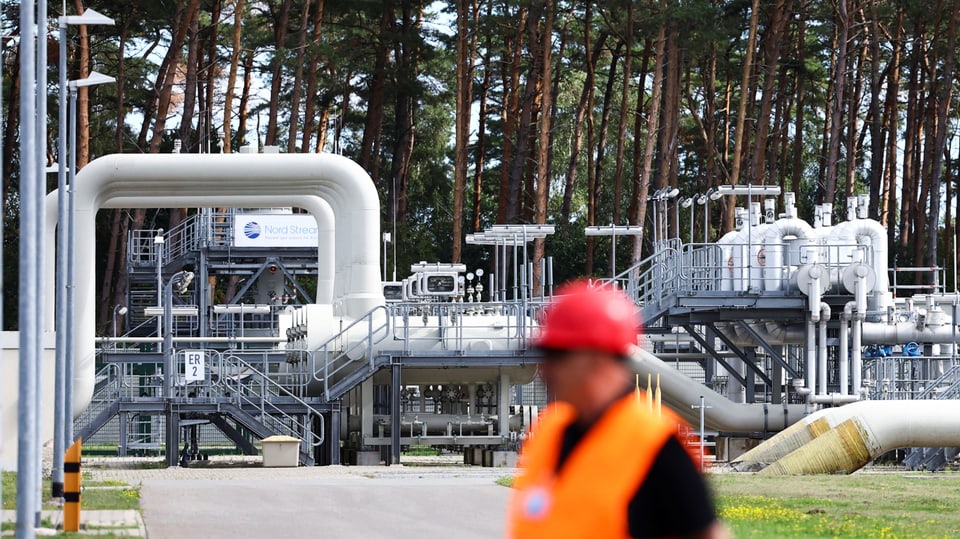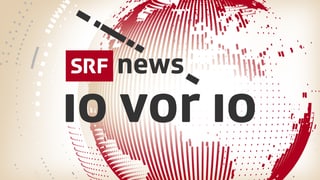Contents
Russia wanted to put pressure on the pipeline. In Europe, alternatives have been looked at instead.
The Russian gas supply stop: It’s been a year since Russia turned off the gas supply to Europe. First, the Kremlin cited a missing gas turbine after maintenance in Canada as a reason to scale back supplies through the Nord Stream 1 pipeline. Shortly thereafter Gas supplies were stopped altogether for maintenance work and not resumed due to a suspected oil leak at a compressor station. On August 31, 2022, natural gas flowed through the Baltic Sea pipeline for the last time.
Legend:
The loading station of the Nord Stream 1 pipeline in Lubmin, Germany. (8/30/22)
REUTERS/Lisi Niesner
Worries about shortages: A cold winter was then feared in the European capitals. According to the International Energy Agency, around a third of all households heated their own four walls with gas in 2021. 40 percent of them came from Russia. Of the four pipelines that brought Russian gas to Europe at the time, only two remain open since Nord Stream 1 was shut down. As early as May 2022, Moscow had completely stopped transport through the Yamal-Europe pipeline.
The rise and fall of the gas price: However, over the next 12 months it was not as bad as some feared. “Today the situation looks a lot better,” explains Cornelia Meyer, management consultant and energy expert. The calmed situation can also be observed from the gas price. After the outbreak of war in Ukraine, it escalated. But since then it has gone down again. For weeks it has been in a band between 30 and 40 euros per megawatt hour. The rapid adaptation to the new conditions in the global gas market also had to do with a particularly attractive alternative to conventional natural gas.
The rescue came with the liquid gas: “There has been a massive polarity reversal away from Russian gas in Europe,” says Cornelia Meyer. The continent is increasingly relying on so-called liquefied natural gas (LNG). In contrast to conventionally processed gas, this is transported in liquefied form by ship over long distances.
Europe gets it from countries like Norway, Qatar or Australia – but above all from the USA. The gas deliveries are processed at more than 30 terminals spread across the continent. In the most important and largest country, Germany, of all places, there are only three; three more are planned.
New challenges: «The EU countries have drastically reduced imports from Russia. Nevertheless, the European gas storage facilities are now well filled in late summer – a remarkable achievement,” said EU correspondent Andreas Reich on the development of gas supply in the last year. However, according to Cornelia Meyer, the reorientation of the European gas supply also has its price. “In the future, Europe will be even more dependent on events in the distance – hurricanes in the USA, for example”. LNG is also significantly more expensive than conventional natural gas – its import therefore has consequences for Europe as an industrial location. “We’ve always been high on wages; now there are high energy prices.”
And Switzerland? Before the war broke out, 47 percent of imported natural gas came from Russia. According to the Association of the Swiss Gas Industry, less than ten percent of the natural gas consumed here today comes from Russia.

